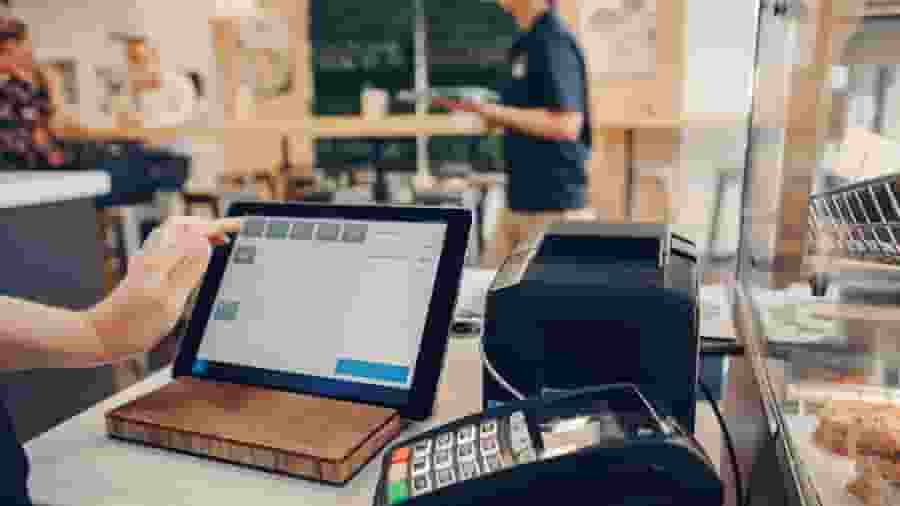What is Accounts Payable Automation?
AP automation works by digitising and streamlining accounts payable using technology. This helps to transform how businesses handle invoices, payments, and financial data.
The three main features of accounts payable automation are:
1. Invoices
With accounts payable automation, businesses will receive invoices over digital channels and convert them to electronic form rather than paper. Electronic invoicing methods include Business-to-Business (B2B) and Electronic Data Interchange (EDI) connections, PDF invoicing, or receipt via a supplier portal. These digital methods facilitate the seamless flow of data.
For paper invoices, technology like Artificial Intelligence (AI) and Optical Character Recognition (OCR) is employed to scan, extract, and store data in the cloud so businesses can access their paper invoices more efficiently.
2. Matching and Workflow
After capturing invoice data, automation matches them to purchase orders and goods receipts and then sends them for review or approval by the right teams. Once approved, the invoices are sent to the company's accounting system so they can make a payment.
3. Archive and Audit
All invoices, digital or paper, are stored safely in the business’s digital system. An audit trail is kept for easy access to past records during financial audits carried out by the ATO. This makes finding invoices easy and accessible from anywhere and anytime.


















